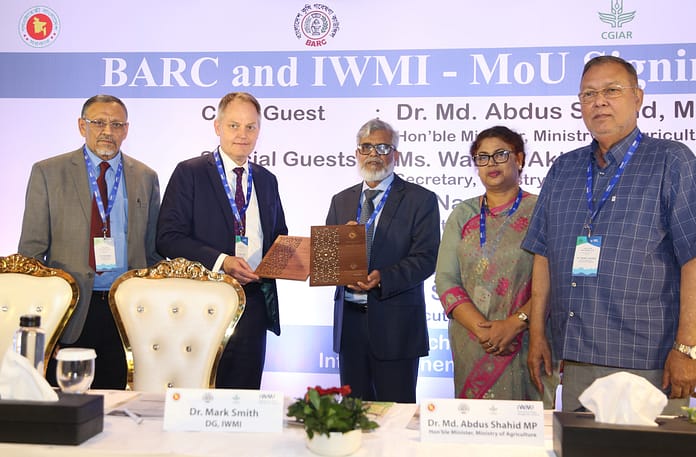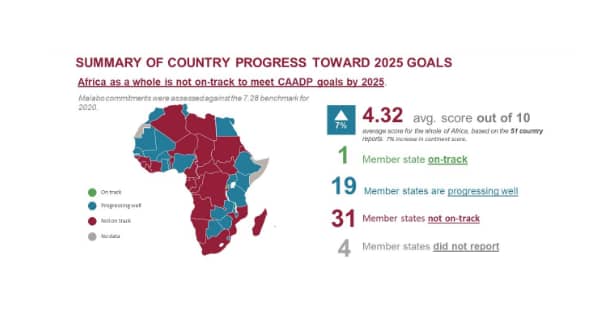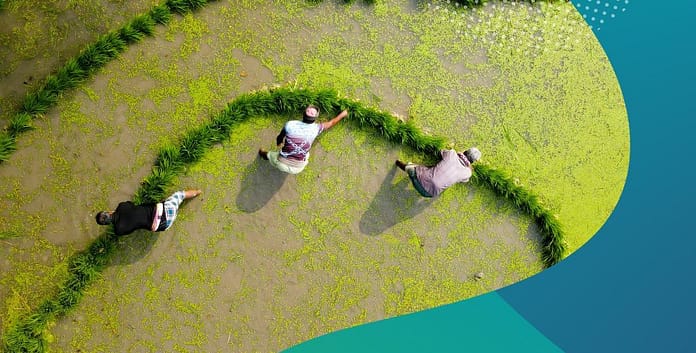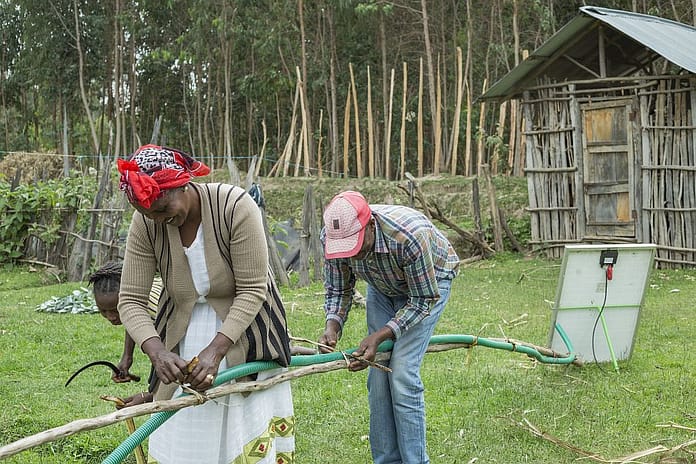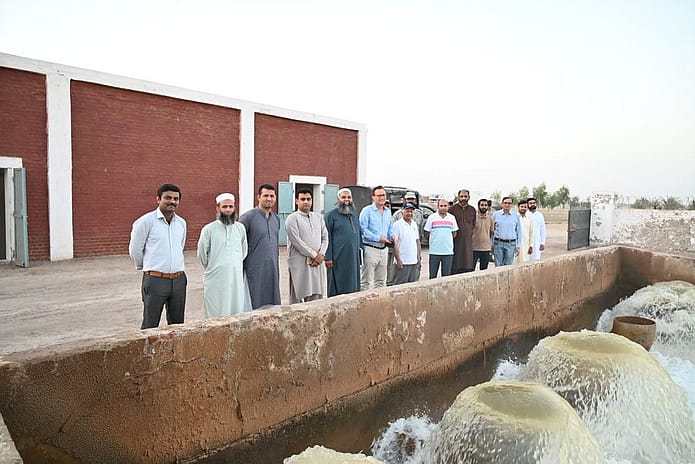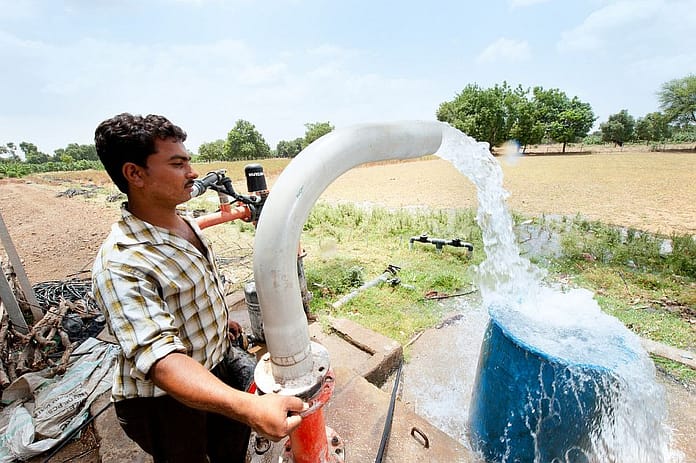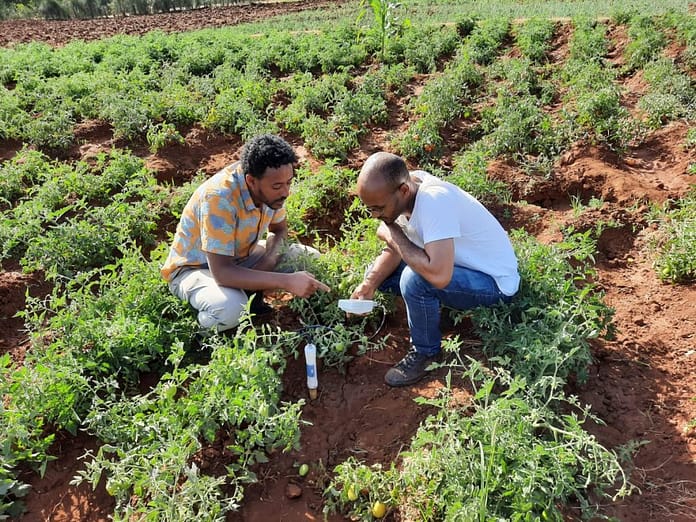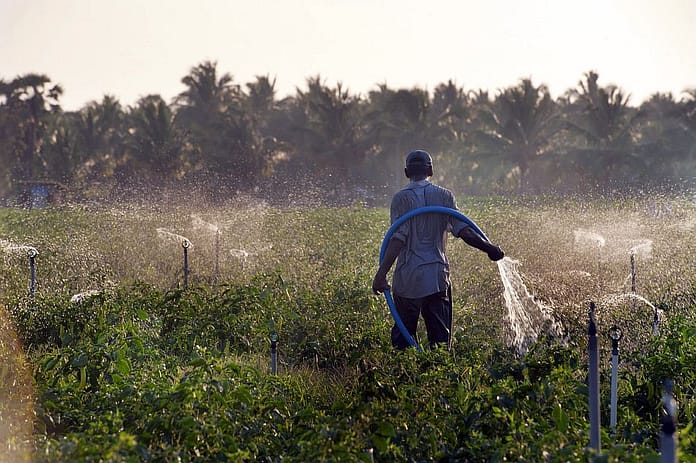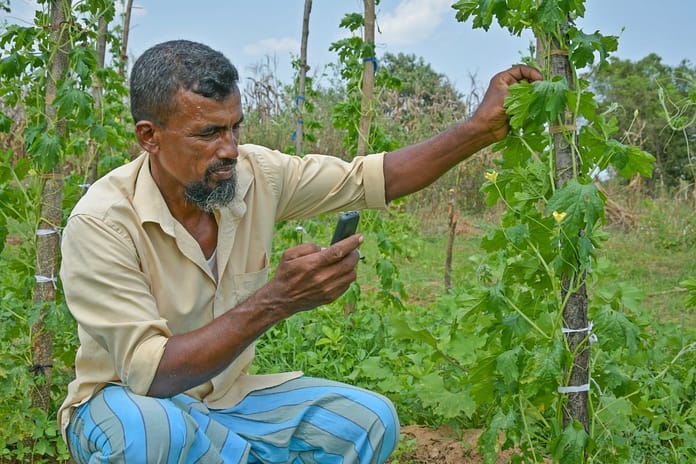A better way to collect, send and share water information in Pakistan
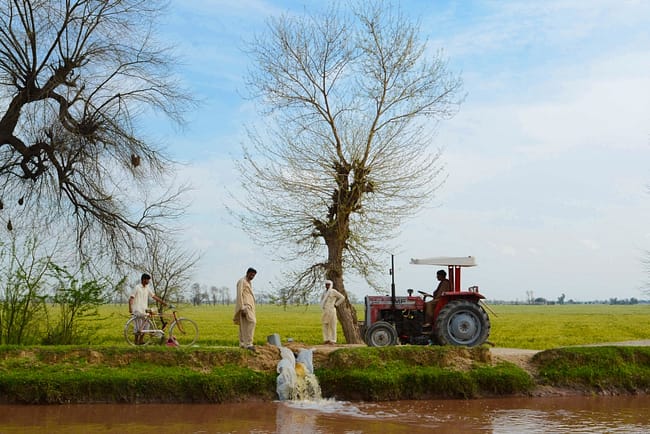
A group of researchers from the International Water Management Institute (IWMI) in Pakistan are investigating whether water flow information that is clear, credible and timely can improve the management of public irrigation systems and lead to more equitable water distribution. The team is using new technology, which automatically measures canal flows, groundwater and weather, and transmits this information to water managers through a mobile phone network. This is the first attempt at using such technology for flow monitoring at this level of canal irrigation in the country.
Currently, Pakistan’s Indus Basin Irrigation System supports 300 million people and a quarter of the country’s gross domestic product (GDP) through agriculture. However, this system cannot meet the rising demand for water from farmers. According to predictions, Pakistan will have the world’s fifth largest population by 2050. This, alongside trends of increasing land fragmentation and a transition towards the cultivation of cash crops, is putting pressure on water distribution.
The current system also faces challenges of inequity due to water rationing. During the summer months, farmers need additional water to compensate for higher rates of evapotranspiration, but the demand for water exceeds the supply. Depending on farmers’ location along the canal system, some have better access to water and receive different quantities even though they pay the same water fees per unit of land. IWMI is piloting a new way of collecting, processing and monitoring data, and researchers hope that this will help water managers clearly identify areas in need. Eventually, this could support the development of policies for more equitable and sustainable water use.

Through IWMI’s Revitalizing irrigation in Pakistan project, researchers have installed instruments to measure the canal flows, water quality, groundwater levels and weather data at 17 locations in the Hakra Branch Canal Division in the province of Punjab. The electronic system samples canal water levels every minute and records the data at ten-minute intervals; the data is then transmitted each daytime hour through a mobile phone network to a secure cloud server. Compared to the current system of manual data collection, this saves time, reduces costs and improves accuracy.
IWMI researchers are developing and testing customized software to process the data. The information is then faxed as weekly Canal Equity Reports to key stakeholders, such as farmer institutions and government agencies, to support discussion and resolution of water distribution issues.
The Punjab Barrages Improvement Phase II Project (PBIP-II), funded by the World Bank, plans to adopt a similar technology and install equipment for real-time flow measurement in two canal systems. “Our work has influenced the technology choices that have been made,” said Arif Anwar, IWMI.
“I would like to acknowledge IWMI’s contribution to the conception of this project,” said Habib Ullah Bodla, Chief Monitoring at the Program Monitoring and Implementation Unit, Irrigation Department, Government of Punjab, Pakistan. “We believe that such a system, if successfully operated all across Punjab, could bring about a revolution in the management of public irrigation systems and the benefits would be manifold for a number of stakeholders. We look forward to further strengthening our relationship with IWMI, and hope to continue our work towards the better management of water resources of Pakistan.”
[hr-border top=”no”/]Arif Anwar is the Principal Researcher on Irrigation and Head of the IWMI regional office in Lahore, Pakistan.
This work has been undertaken as part of the CGIAR Research Program on Water, Land and Ecosystems (WLE).
Download the IWMI Success Story: Getting that ‘real time’ flow




